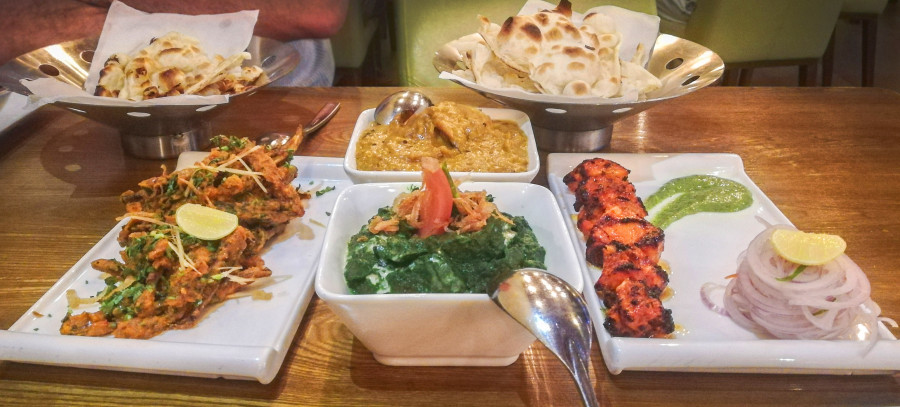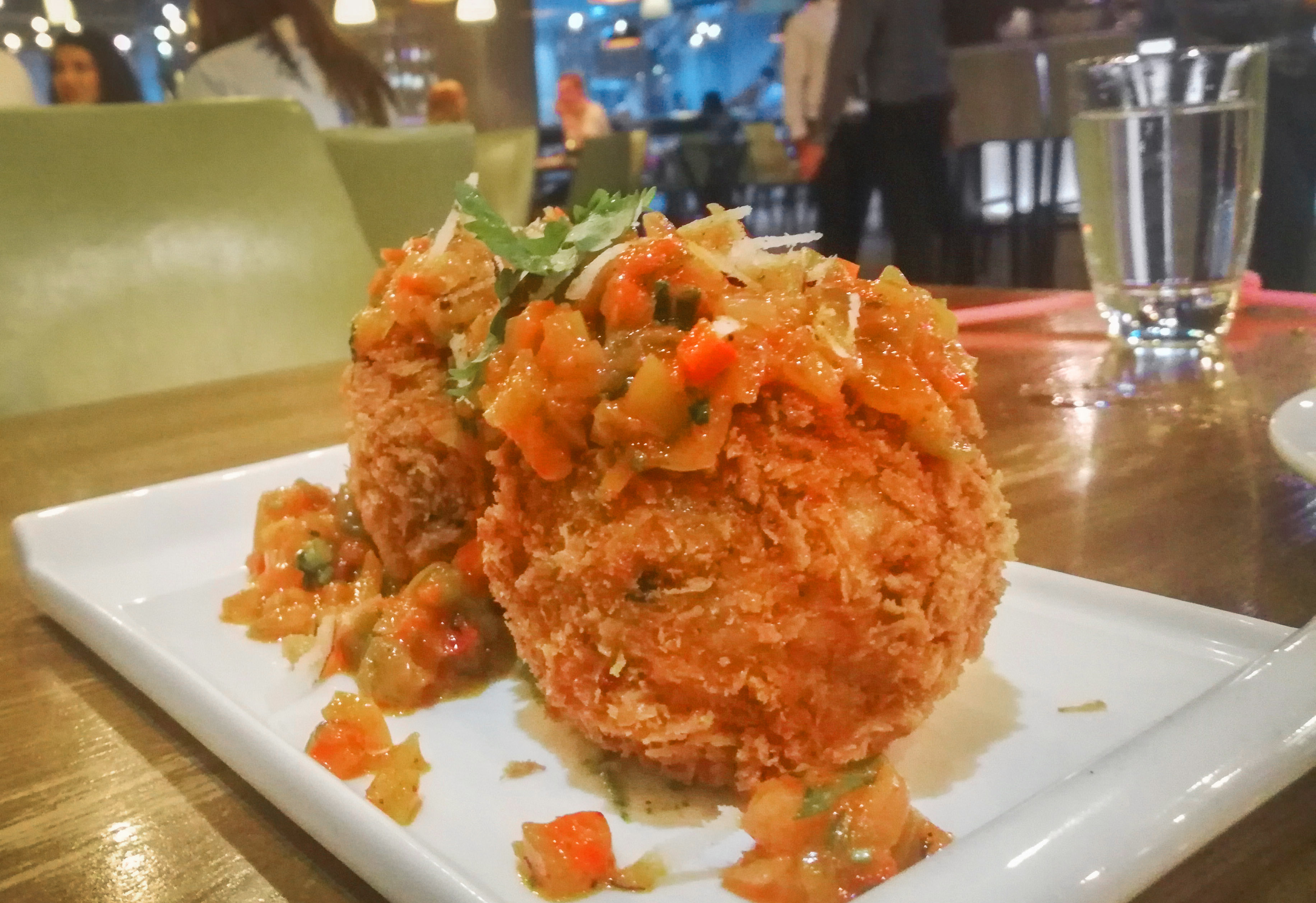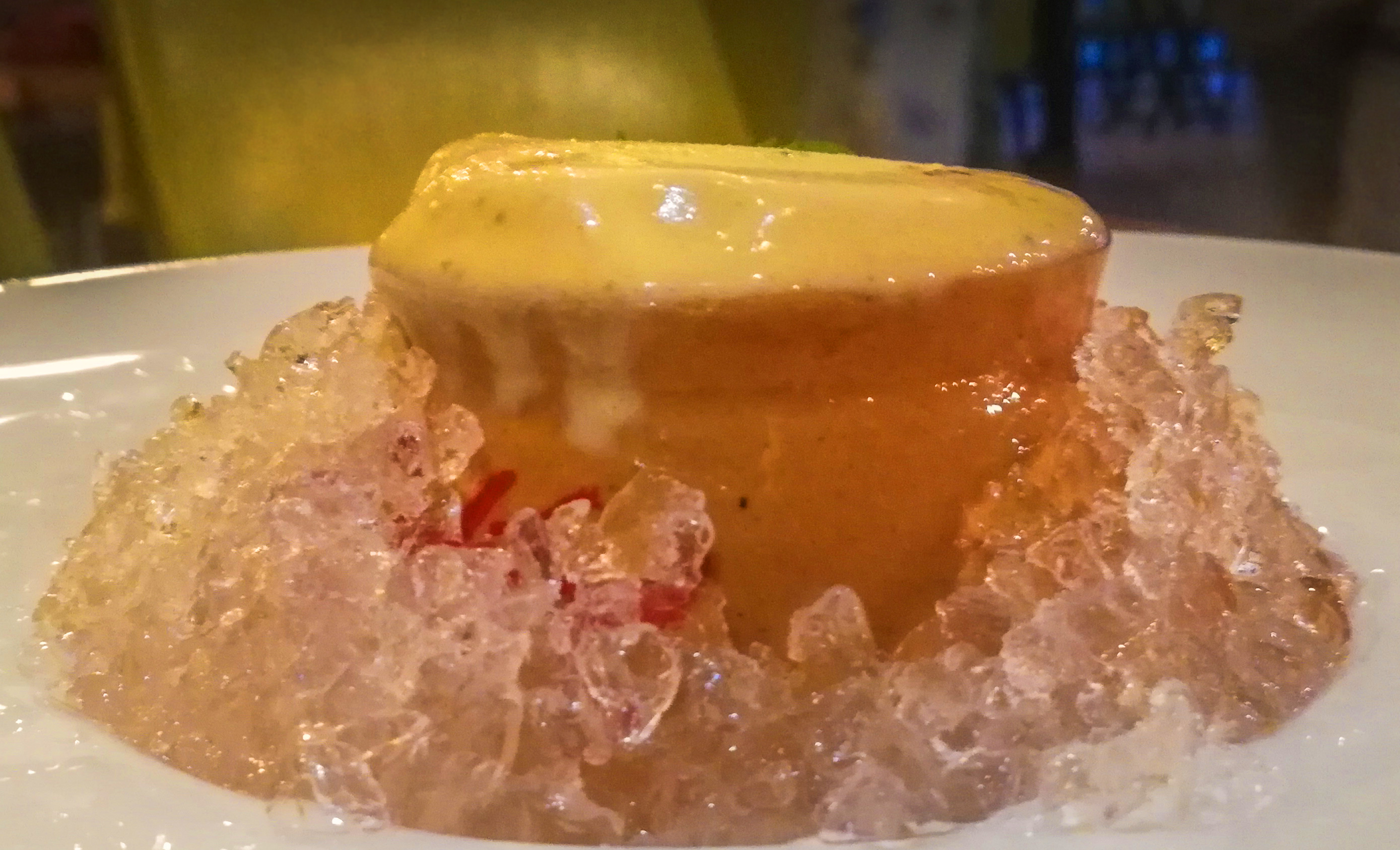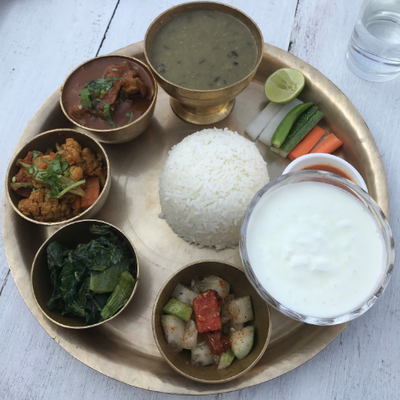Food
Le Mirch’s fusion is worth trying but the ending could be happier
Drawn from the streets of Bombay through the dandy cafes of France, this restaurant brings together something slightly different.
Hantakali
Despite a relatively modern fit-out, lime-green walls and bouquets of mismatched light bulbs hanging from the ceiling hint at Le Mirch’s vibrant Indian roots. But unlike the numerous restaurants around town with French accoutrements to their name, this one attempts at an Indian menu with French influence, however limited that influence might be.
Sitting next to Thai restaurant Mango Chilli, entrance into Le Mirch’s corner of the swanky Labim Mall in Lalitpur, is a charming experience, with every moss-liveried waiter and waitress making diners feel welcome. On par with Kathmandu’s most upmarket of hotels, waiters here look after the small things, such as refilling water glasses as soon as they’re drained and, when possible, placing plates from the left side of the diner, a distinct marker of French service.
The à la carte menu, which the restaurant itself admits is “extensive”, shows more restraint than its counterparts in the same eating echelon, with a somewhat limited amount of curries, mains, tandoori and breads. The French influence is most obvious in the appetizers, with labels like “croquettes”, “truffled” and “A la crevette”. The rest of whatever influence is more subtle, if there at all.
Following the pre-dinner papad and chutney, two elephantine cannonballs of panko-crusted spuds arrive, doused in a chutney of tomato, onion and peppers, among other things. The yellow-tinted mess atop these balls, under a sweet and sour guise, seems harmless at first, akin to something an Englishman might put on a sandwich, but eventually, a slow-creeping piquancy lines the mouth. The masala croquette is not bland by itself, but it's swamped by the chutney’s flavour. Boring through the panko crust, one finds a molten core of cheese surrounded by the coriander-flecked mantle-pounded potato. That cheese oozes out, acting as a lactic coolant for the spice.

The potato boulder steals the limelight from its lesser mushroom cousin. The truffled mushrooms beg for a slightly longer cook, but the crispy outer shell steals all possible depth because of its short cooking time. The skin-deep mushroominess would likely struggle to rouse even a French palate. While the insides should be gooey, they are missing any liquid element, and no sauce means that they’re left to their own devices.
If the mushrooms were wallflowers, the paneer piccata is the wall itself. The dish looks sad, with sweaty sliced vegetables between flame-licked briquettes of paneer and a small mound of salad. The only joy one can draw from the dish is to lap up every molecule of the accompanying spiced beetroot sauce, but there’s not nearly enough to elevate the depressing paneer.
Between courses, waiters take away cutlery and plates and replace them. Something insignificant, if it weren’t something some of Kathmandu’s fanciest restaurants did. Following a swift cutlery change, the mains arrive all together—saag aloo, okra, chicken tikka, breads and “shrimp mad-rush”.
The saag aloo arrives unpretentiously, although how anyone could contemporise such a dish is beyond me. Small chunks of par-cooked potato are enveloped by a claggy green saag, thanks to some restraint while blitzing. The result is something that feels more complex than just saag and aloo.
For the chicken tikka, marigold chunks slightly-blackened meat are arranged in a line, next to a streak of green sauce. Among the Indian-continental flavours, the tikka is comfortingly straight-forward.

All that’s left is okra and the shrimp, but leaving that until last might be the best idea—no one is in that much of a rush. The semi-dry curry of okra lives up to its definition, with masala spices backing what was promised: dried mango. The mango lends a unique sourness to the earthy green pods. Thick sauce clings to the okra, thanks to the stickiness the greens develop during cooking. This dish exemplifies why it’s always good to eat your vegetables.
The mad rush of shrimp must be mad, if one were to believe the menu—the dish is described with a total of three exclamation points. While the menu thus far spent most of its time in northern and western India, with sojourns into Europe, this shrimp is mad enough to run south. The crustaceans are sweet and pop undertooth, providing texture, but not much in the realm of taste; flavour, rather, comes from the curry. Coconutty and sweet, zesty curry leaves permeate through the sauce and cut through the shrimp’s richness. It is definitely an insane dish, but it works.
While the shrimp was pleasing, the final course was maddening. The decision to serve Vadilal kulfi, still in its original packaging, was about as confusing as the fish-bird optical illusion plastered across the wall of the restaurant. Dropped into a bowl of crushed ice, the look of the dish was fine—probably exciting for those unfamiliar with the ubiquitous kulfi brand—but the waiter trying to tempt the table with “Nepali kulfi” should have to eat his words. Unfortunately for him, it was a rather sour note to the end of a largely pleasant meal.
Le Mirch Rs 500-1200 pp
Food: ★★★
Ambience: ★★★
Value: ★★★
***
What do you think?
Dear reader, we’d like to hear from you. We regularly publish letters to the editor on contemporary issues or direct responses to something the Post has recently published. Please send your letters to [email protected] with "Letter to the Editor" in the subject line. Please include your name, location, and a contact address so one of our editors can reach out to you.




 10.12°C Kathmandu
10.12°C Kathmandu










